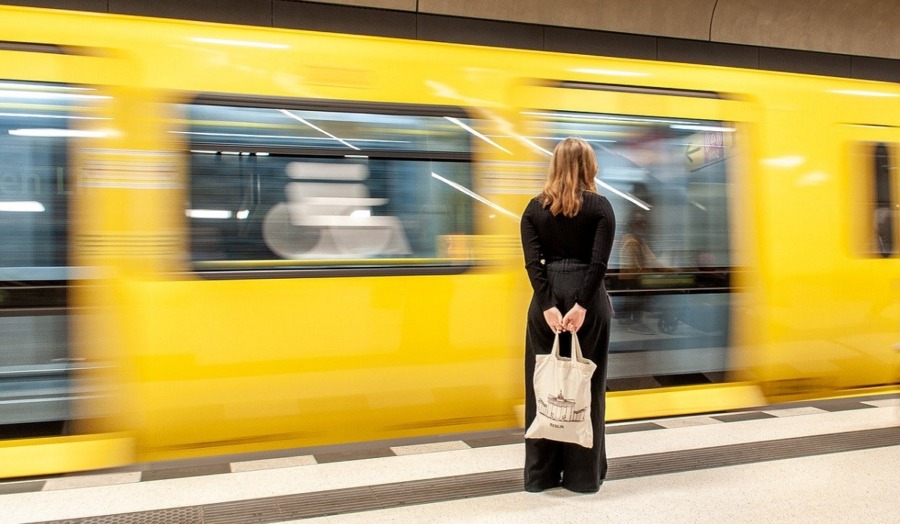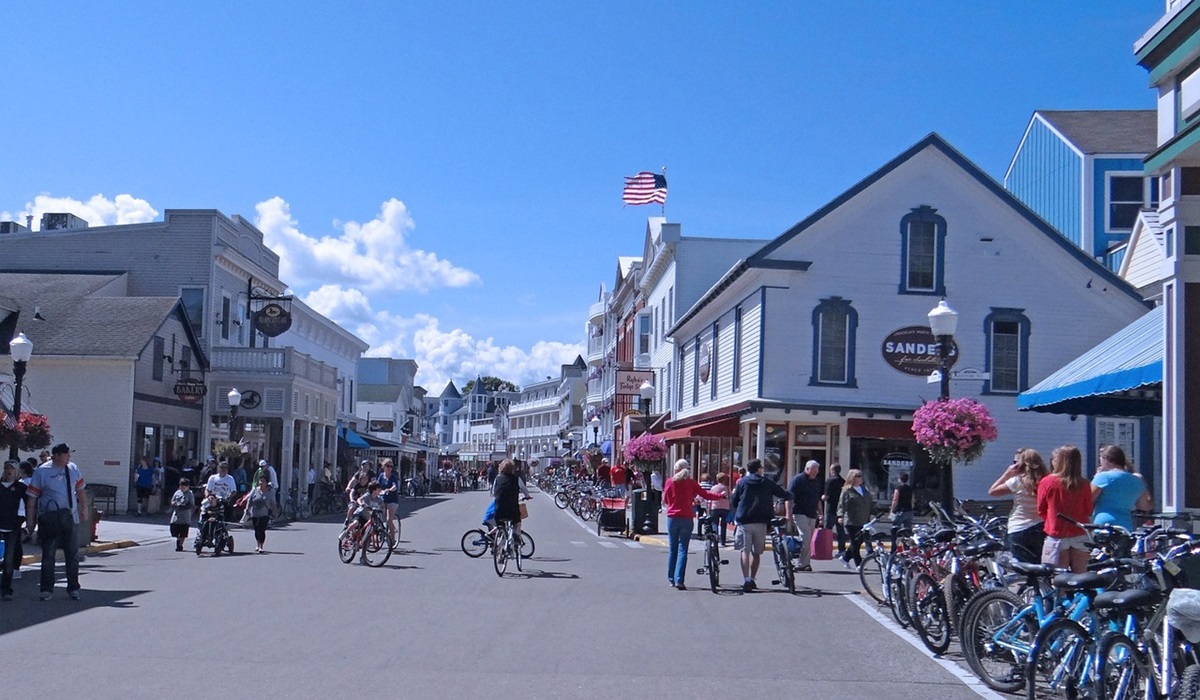Revolutionizing Montreal’s Transit: Prime Minister Trudeau Announces Historic Expansion
- Kingston Bailey
- Eastern Canada
- Trending
- July 28, 2023

Investing in public transit is more than just building infrastructure; it’s about investing in the well-being of Canadians. Recognizing the tremendous impact of efficient and eco-friendly transportation on citizens’ lives, Prime Minister Justin Trudeau unveiled a groundbreaking expansion plan for Montreal’s transit system. In a joint announcement with the Premier of Quebec, François Legault, the Mayor of Montreal, Valérie Plante, and the President and CEO of Caisse de dépôt et placement du Québec, Charles Emond, the Prime Minister officially launched phase 1 of the Réseau Express métropolitain (REM) project.
This ambitious undertaking marks the largest public transit project Quebec has seen in the last half-century and is a testament to the power of partnership. The REM received unparalleled support, including a record investment from the federal government’s Canada Infrastructure Bank, demonstrating the shared commitment to improving transportation and reducing regional emissions.
The newly launched phase 1 of the REM introduces five stations, connecting the South Shore’s Brossard Station to downtown Montreal’s Central Station. Commuters can now benefit from a faster, more efficient public transit service by crossing the iconic Samuel De Champlain Bridge over the St. Lawrence River.
The scale of the REM project is truly remarkable. Once fully completed, it will double the length of the existing metro system and establish vital links between downtown Montreal and the communities of the West Island (Sainte-Anne-de-Bellevue) and the North Shore (Laval and Deux-Montagnes). Additionally, the REM will provide a speedy connection to Montréal-Trudeau International Airport, enabling travellers to reach one of Canada’s largest air travel hubs in just 25 minutes, regardless of traffic conditions.
The REM’s environmentally conscious design is one of its most remarkable features. As a fully electric metro system, it is projected to reduce emissions by a staggering 100,000 tonnes annually – a reduction equivalent to removing 30,000 cars from the roads each day. This eco-friendly initiative aligns with Canada’s commitment to combating climate change and creating a more sustainable future.
The benefits of the REM extend beyond environmental gains; they also extend to the economy and job market. During construction, the project is expected to generate approximately 34,000 jobs in the Greater Montreal Area. Once operational, the REM will support 1,000 permanent jobs and contribute over $2 billion in wages paid in Quebec, significantly boosting the local economy.
The impact of the REM on daily life for Montrealers is immense. The enhanced transportation network will accommodate up to 170,000 users daily, easing traffic congestion and reducing travel times. Reducing commuting time saves money for individuals and contributes to cleaner air and improved quality of life for everyone.
Prime Minister Trudeau emphasized that projects like the REM are integral to the government’s broader strategy to create good jobs, improve infrastructure, and make communities even better places to call home. The investment in public transit is not only an investment in the present but also in the future – one that prioritizes sustainability, economic growth, and the well-being of all Canadians.
The collaborative effort behind the REM, with various stakeholders, showcases the power of working together to achieve common goals. The federal government’s support through the Canada Infrastructure Bank, combined with contributions from CDPQ Infra, REM Inc., the Government of Quebec, Aéroports de Montréal, and Hydro-Québec, demonstrates the positive outcomes that can be achieved when public and private entities unite for a shared vision.
The REM expansion exemplifies Canada’s commitment to investing in transformative infrastructure projects that foster clean economic growth and sustainable development. Since 2015, the government has invested over $22 billion in more than 1,800 public transit projects across the country, focusing on creating new subway and light rail lines, acquiring zero-emission buses, and expanding active transportation options.
With phase 1 of the REM now operational, Montrealers can look forward to a brighter future with a faster commute, cleaner air, and more opportunities for growth and prosperity. The REM’s impact extends beyond transportation – it symbolizes progress, collaboration, and a greener, more sustainable Canada.








